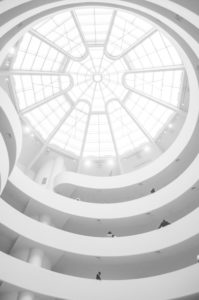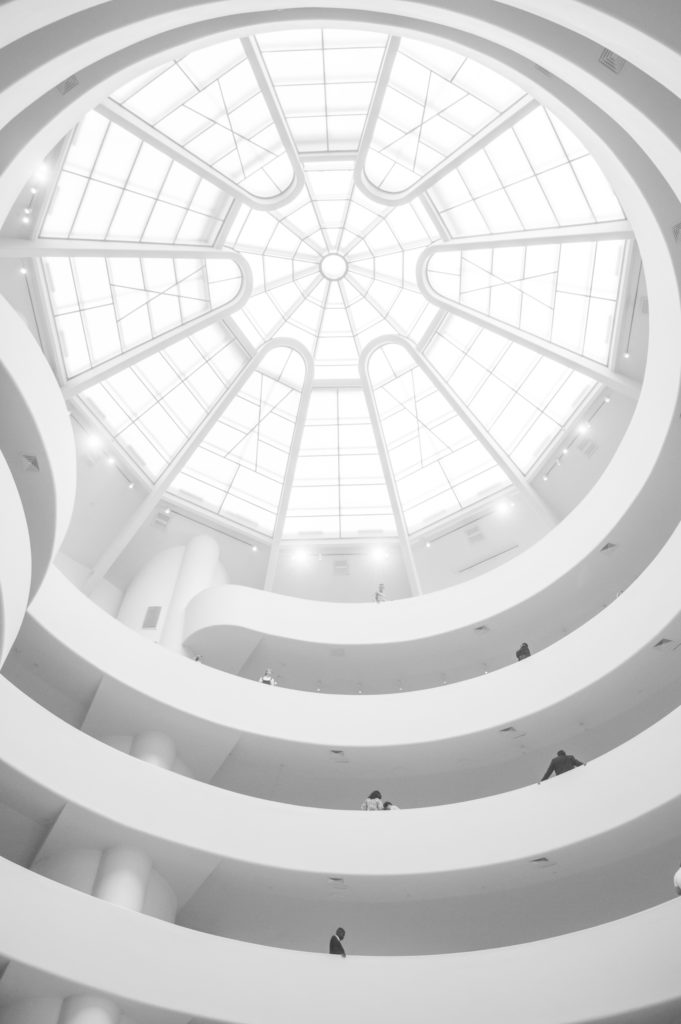
Call for contributions for Muséologies vol. 10 n° 2
“Inclusive Public Participation. In and Out of the Museum”
Issue co-edited by Rébéca Lemay-Perreault (Université du Québec à Montréal / Université du Québec à Trois-Rivières) & Muriel Molinier (Université Paul Sabatier, Toulouse 3)
Museums have been pushing the limits of interactivity for several years. They draw their publics toward modalities of participation that grow ever richer, diversifying their intervention spaces, within or outside the walls, in person or virtually.
The publics, like their roles, are varied. They may be visitors, collaborators, co-creators, neophytes or enlightened amateurs, alone or in groups, interested or not in the cultural project on exhibit. These realities have led museums to engage in a logic of exchange which transforms the traditional roles of the passive consuming publics to actors in the institution.
Interactivity increases the duration of a visit to an exhibition (Henning, 2006). It is a significant indicator of the exhibition’s success. And with success come valuable financial resources, public grants and private sponsors. The publics also, accustomed to anonymous and personal actions on social media, develop new expectations regarding the experience of a more dynamic museum visit (Crenn and Vidal, 2010). On the other side, theoreticians of museal education and cultural outreach have long juggled with this known leitmotiv stemming from educational sciences: sustainable learning implies an active learner (Hein, 1998). Equally, in France, Latin America and around the world, as stated by the Resolutions adopted by the Round Table of Santiago (Chile, 1972), the proponents of the New Museology movement have a long history of defending participation. It is seen on one hand as a means of ensuring freedom and equality in the co-construction of the collective cultural future representative of diversities, and on the other hand as a vector of development for the inhabitants and for their territory (Varine, 1969; Delarge, 2018; Girault and Orellana Rivera, 2020). All the planets in the museal constellation–political, economic, technological, theoretical, social, moral and democratic–align to encourage the publics’ participation. The museum seems closer than ever to this ideal formulated by museologist Duncan Cameron (1971), where the museum acts as a temple, a forum and a laboratory (Macdonald and Basu, 2007).
But is it really? Or is it rather that these participation modalities conceal new modalities of manipulation, of conditioning, of exclusion or domination of the publics? Let us consider the most sophisticated content control mechanisms that define and classify the registers of museal discourse. Does social work at the museum (Silverman, 2010), welcoming marginalized groups in exclusive programs, offer real inclusion if the groups remain apart, keeping to themselves? Where is the boundary between inclusive participation and participatory inclusion? Finally, how can we avoid the pitfalls of the publics’ participation relating to the very nature of museal mechanisms, inside and outside museum walls?
This call for contributions falls within recent international debates over the current issues of participation and inclusion endorsed by ICOM. Numerous museal researchers and professionals have made the participation of publics a major focus of the development of knowledge that they survey critically, examining the principles of freedom, empowerment and inclusion.
This special edition of Museologies thus seeks to unite the contributions, taking into account theoretical stances and innovative practices involved in updating and expanding this line of research.
References:
Macdonald, S. and Basu, P. (2007). Exhibition Experiments. Oxford: Blackwell.
Cameron, D. (1971). The Museum, a Temple or the Forum. Curator: The Museum Journal, XIV(1), 11-24.
Crenn, G. and Vidal, G. (2010). « Les musées et le Web 2.0. Approches méthodologiques pour l’analyse des usages. » In F. Millerand, S. Proulx and R. Julien (eds.). Web social. Mutation de la communication (pp. 145-158). Québec: Presses de l’Université du Québec.
Delarge, A. (ed.). (2018). Le musée participatif. L’ambition des écomusées. Paris: La Documentation Française.
Girault, Y. and Orellana Rivera, I. (eds.). (2020). Actas Coloquio International Museología Participativa, Social y Crítica. Santiago de Chile: Museo de la Educación Gabriela Mistral. https://www.museodelaeducacion.gob.cl/648/articles-98247_archivo_01.pdf
Hein, G. E. (1998). Learning in Museum. Londres/New York: Routledge.
Henning, M. (2006). New Media. In S. Macdonald (ed.), A Companion to Museum Studies (pp. 302-318). Malden: Blackwell Publications.
Resolutions adopted by the Round Table of Santiago (Chile) (1972). https://unesdoc.unesco.org/ark:/48223/pf0000012375
Santerre, L. (1999). De la démocratisation de la culture à la démocratie culturelle. Québec: ministère de la Culture et des Communications, Direction de l’action stratégique, de la recherche et de la statistique.
Silverman, L. H. (2010). The Social Work of Museums. New York: Routledge.
Varine, H. de (1969). « Le musée au service de l’homme et du développement. » In A. Desvalées (ed.). (1992), Vagues: une anthologie de la nouvelle muséologie, 1 (pp. 49-68). Mâcon: W.
Details:
Please send a 600-word proposal as a double-spaced .doc (Word document) file by email. Include a short bibliographical note of 150 words, your complete contact information, and the university, museum, or organization that you are affiliated with. Please use the following subject heading: “Museologies Proposal.”
Proposals must be sent before April 30th, 2022, to: museologies.communication@gmail.com
Evaluation: The editorial committee will analyze your proposal and will inform you of their decision. Articles will be selected based on their contribution to the field of museum and curatorial studies, art history and theory, architecture and urban theory, or arts and cultural education. The clarity of communication, the strength of the research and its associated methodologies, and the relationship to the issue’s themes will also be important evaluation criteria.
Authors whose proposals are accepted will develop a 7000-word (approx.) article (notes and references included) in English or French. Please note that all articles will be submitted to a double-anonymous peer-review.
Production calendar:
Deadline for Submissions: 30 April 2022
Notification of Abstract Acceptance: 7 May 2022
Submission of Full Article: 15 August 2022
Publication: December 2022

1 Comment
Hello,
I am sorry, but there is no evidence of that activity on our website. Please check your Firewall, thank you.
Leave A Comment